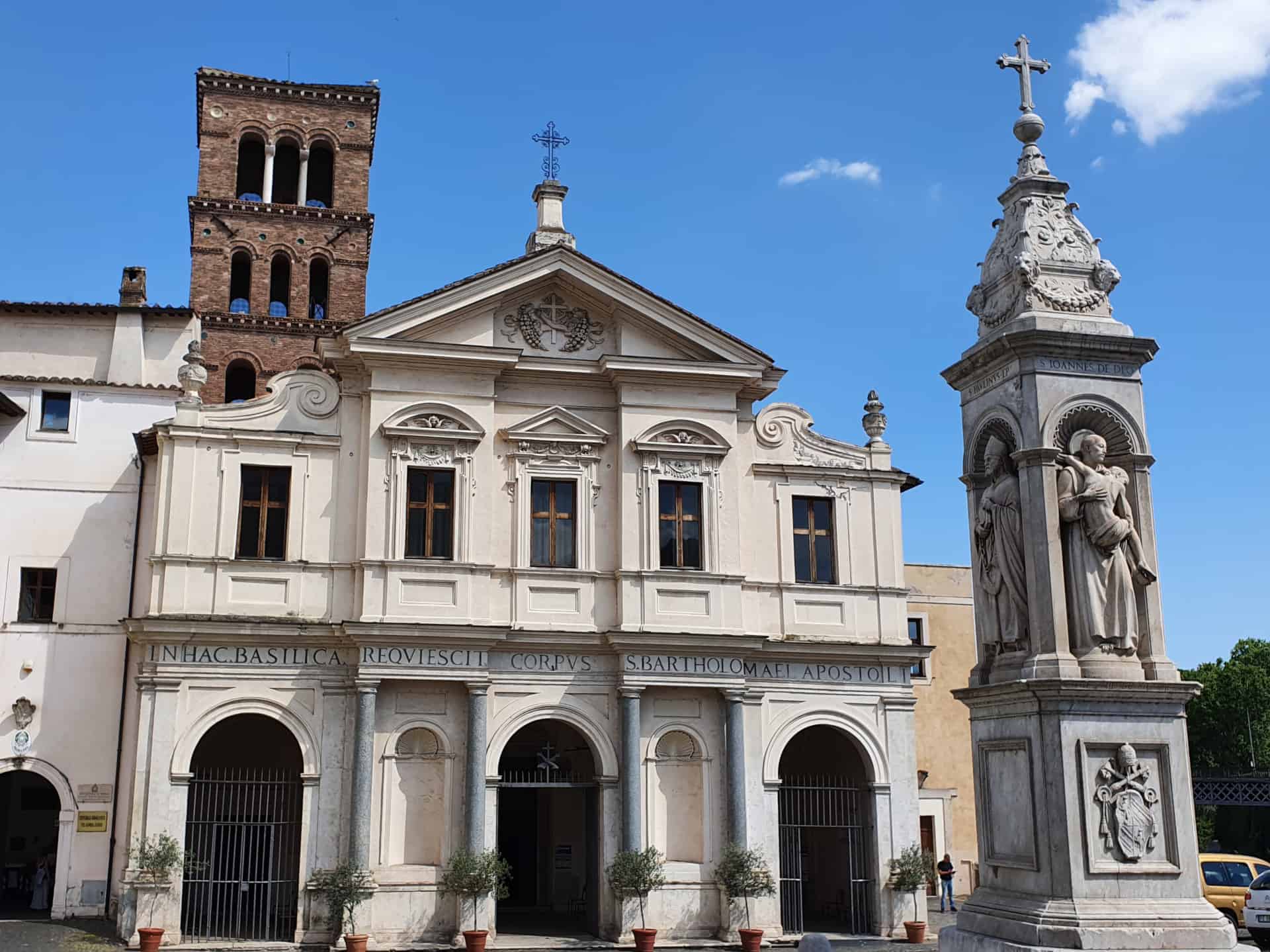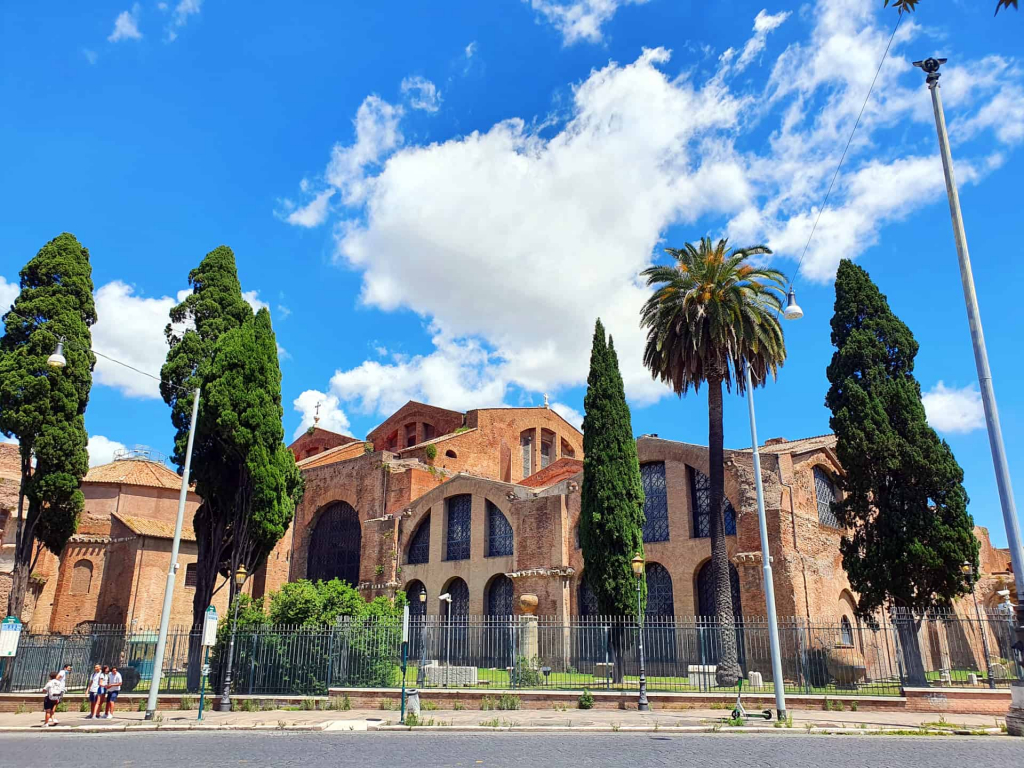
Saint Bartholomew the Apostle
Saint Bartholomew was an important figure in Christian history and is celebrated in the Roman Catholic Church on August 24th of each year. He rose to fame through his cunning preaching skills, miraculous works, and martyrdom. Learn more about his inspiring journey and legacy!
“Here is a true Israelite in whom there is no deceit,” are the words with which Jesus described this apostle. He is one of the pillars of the Church and one of the twelve apostles of Jesus whose memorial is marked on August 24th.
Saint Bartholomew was born in the 1st century AD in Cana of Galilee, not far from Nazareth, as a descendant of a poor Israeli family. The root of his name is found in the two words “Bar Talamaj” which means Talmaj’s son. Bartholomew is mentioned in the Gospel of John by Nathanael of Kana. He was led from the circle of the disciples of John the Baptist at the Jordan River by Philip to Jesus.
Although Philip was the one who brought Bartholomew to Christ, Jesus had already seen him and immediately recognized him as a “true Israelite”, as a simple, honest, well-meaning and sincere man. Although he was initially a little hesitant to approach the apostles, he soon acknowledged Jesus as the Son of God and King of Israel.
He became a disciple of Jesus, strengthened his faith, and loved Jesus with ever-increasing love. Legend says that he also witnessed the first miracle of Jesus after his death, namely at the end of John’s Gospel, Nathanael is one of the disciples to whom Jesus appeared on Lake Tiberias after the Resurrection.

Saint Bartholomew in San Giovanni in Laterano (Rome)


The church San Bartolomeo all’isola containing the remains of Saint Bartholomew (Rome)
Not long after, Bartholomew embarked on a missionary journey to preach and guide people to Jesus. His love for Christ knew no bounds and with his sermons, he converted many to Christianity. He preached in Asia Minor, India, and Armenia. His love for Jesus drew the hatred of pagan priests. According to apocryphal records, St. Bartholomew’s life ended with a terrible martyr’s death.
It is believed that he healed the daughter of King Polimius of Armenia from madness. Thereupon the royal family and their people convert to Christianity by burning an idol, causing it to show its evil spirit. Then, out of jealousy and malice, the king’s brother crucified the apostle Bartholomew, skinned him, and cut off his head.
The polytheists put his relics in a lead box and threw them into the sea, due to the claim of Christians that various miracles are associated with relics. According to tradition, water currents dragged the coffin to the Lipari Island, where he was buried in the temple. After some time his relics were transferred, first to Benevento and then to Rome.
Today, part of his relics is kept in Rome in the church of St. Bartholomew on a small islet of the river Tiber. Interestingly, in pagan times on this islet was a shrine to the god Aesculapius, the god of doctors and medicine. This association with medicine in the course of time caused Bartholomew’s name to become associated with medicine and hospitals, especially when they are in the grip of skin and nerve diseases. The rest of the relics are in the cathedrals of Frankfurt and Canterbury in England.

In the 13th century, the monastery of St. Bartholomew was built at the place where he is believed to have died. The monastery is located in southeastern Turkey.
Michelangelo immortalized the unprecedented martyrdom in the Sistine Chapel by showing in his painting The Last Judgment of this saint holding his skin in his hands. The artist portraited himself on the skin of the saint. Particularly beautiful paintings of this saint were painted by Rubens and Jusepe de Ribera are kept in Madrid. He is depicted as a saint, with a knife in his hand, a tool of his torment.
St. Bartholomew is credited with many other miracles that have to do with the weight of an object. One of these miracles happened during the Second World War. Namely, as the fascist regime was looking for ways to finance its activities, an order was given to remove the silver statue of Saint Bartholomew and melt it. When they measured the statue, it weighed only a few grams, so the original idea was abandoned and the statue was put back in place. But in reality, the statue is made of many kilograms of silver.
Saint Bartholomew is the patron saint of fishermen, miners, farmers, winegrowers, shepherds, leather workers, tailors, bakers, butchers and bookbinders he is called against skin and nervous diseases, demons and spirits. Many churches, villages, and settlements proudly bear his name as a protector.
He is remembered today as a symbol of unwavering faith, dedication to one’s beliefs, and courage in the face of adversity.

Altar with the remains of Saint Bartholomew in San Bartolomeo all’isola (Rome)

Treasures of Rome – Rome Guided Tours
Roberto Alois Lautenschlager Kung
[email protected]
Partita IVA: 17002181000
“ROMA AETERNA EST”
Rome is eternal – (Albius Tibullus)






